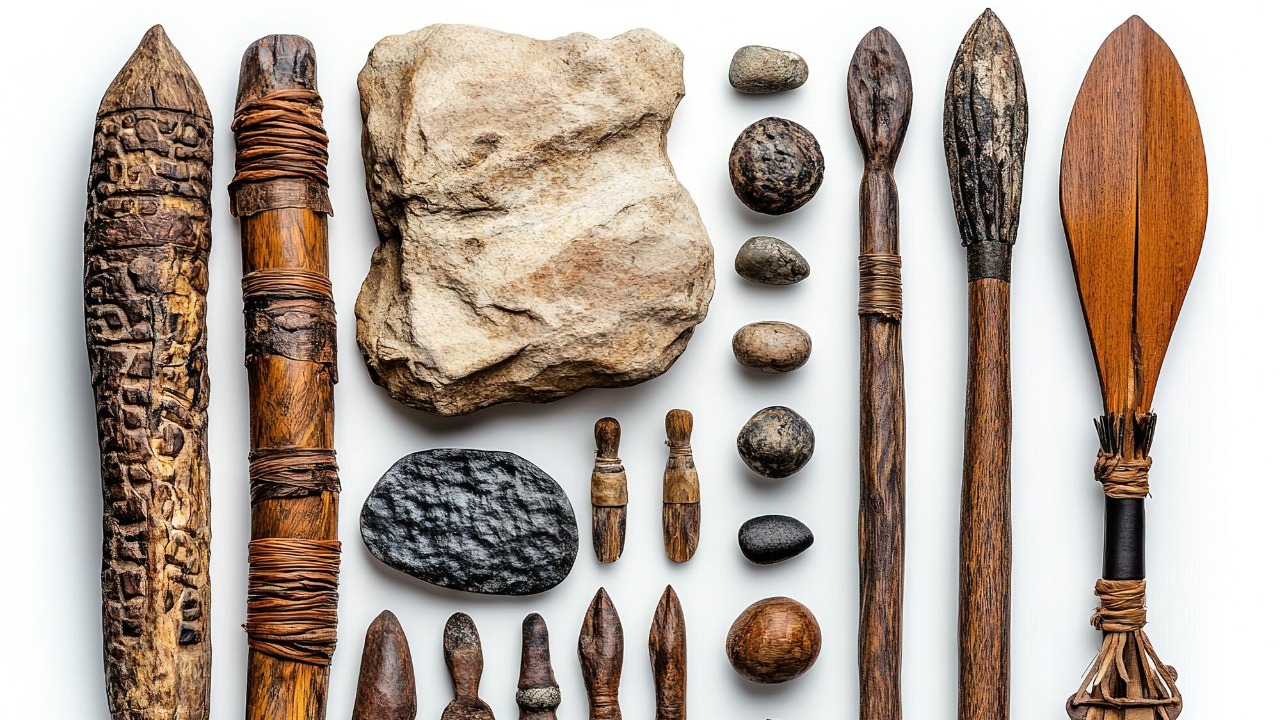
Recent discoveries have unveiled a fascinating chapter in human history, as stone tools provide compelling evidence of Paleolithic migrations across the Pacific into North America. This challenges the traditional models of human entry to the continent, suggesting a complex and dynamic process of migration. These findings are supported by new age constraints for human arrival along the north Pacific coast, as well as insights from Stone Age artifacts in Oceania and genomic sequencing tracing migrations from North Asia to South America. Together, these studies underscore the Pacific route’s significant role in the longest human journey.
Stone Tools as Migration Markers
The analysis of specific stone tool artifacts has become a crucial element in understanding the Paleolithic Pacific migration into North America. These tools, characterized by their unique material composition and craftsmanship, serve as indicators of trans-Pacific travel. The recent study published on October 23, 2025, highlights how these tools provide tangible evidence of early human adaptation during coastal voyages. The tools’ design and construction reflect a shared technological tradition that spans across the Pacific regions, linking them to similar Stone Age tools and artifacts from Oceania.
These artifacts not only demonstrate the technological prowess of early humans but also suggest a cultural exchange that occurred as these populations migrated. The craftsmanship of these tools, as detailed in the 2025 study, reveals a sophisticated understanding of materials and techniques that were likely shared among migrating groups. This evidence supports the theory that early humans were capable of long-distance travel and adaptation to new environments, which was essential for their survival and expansion.
North Pacific Coast Entry Points
The north Pacific coast emerges as a primary route for human entry into the Americas, with key archaeological sites along this pathway providing crucial evidence. The geographical focus on this region is supported by new age constraints that refine timelines for initial human presence. Radiometric dating of coastal sediments and tools has allowed researchers to establish more accurate timelines, suggesting that humans may have arrived earlier than previously thought.
Environmental factors played a significant role in facilitating migration along the north Pacific coast during the late Pleistocene. The presence of kelp highways and ice-free corridors provided essential resources and pathways for migrating populations. These natural features not only supported the movement of people but also offered a rich environment for sustaining life. This understanding of the environmental context highlights the adaptability and resilience of early human populations as they navigated new and challenging landscapes.
Genomic Evidence of Continental Spread
Genomic sequencing has become a powerful tool in tracing the genetic lineages from North Asia to South America, supporting the Pacific migration models. The study published on May 15, 2025, outlines how specific haplogroups and DNA markers indicate a continuous population flow from Asian origins into the Americas via Pacific routes. This genetic evidence complements the archaeological findings, providing a more comprehensive picture of human migration patterns.
The correlation between genetic data and stone tool distributions is particularly striking. The presence of certain haplogroups in North American Pacific regions aligns with artifact clusters, suggesting that genetic bottlenecks and cultural exchanges occurred as populations spread across the continent. This connection between genomic data and material culture underscores the complexity of human migration and adaptation, revealing a dynamic interplay between genetics and technology.
Overall, these findings have significant implications for our understanding of human history and migration. They challenge traditional models and highlight the importance of the Pacific route in shaping the peopling of the Americas. As researchers continue to uncover new evidence, our understanding of these ancient journeys will undoubtedly evolve, offering new insights into the resilience and ingenuity of early human populations.
More from MorningOverview